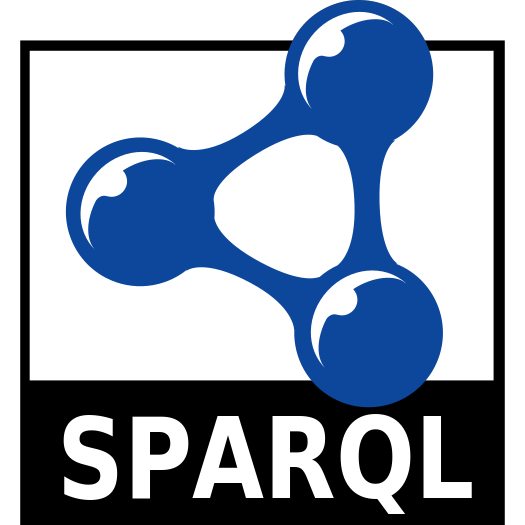Loading
Permanent link to this class
Réseau sémantique UMLS
Last uploaded:
June 18, 2015
| Acronym | STY |
| Visibility | Public |
| Description | Ontologie des types sémantiques UMLS. The Semantic Network consists of (1) a set of broad subject categories, or Semantic Types, that provide a consistent categorization of all concepts represented in the UMLS Metathesaurus, and (2) a set of useful and important relationships, or Semantic Relations, that exist between Semantic Types. This section of the documentation provides an overview of the Semantic Network, and describes the files of the Semantic Network. Sample records illustrate structure and content of these files. |
| Status | Production |
| Format | UMLS |
| Contact | Olivier Bodenreider, olivier@nlm.nih.gov |
| Categories | Traduction français |
| Groups | French Unified Medical Language System |
| abstract | At the US National Library of Medicine we have developed the Unified Medical Language System (UMLS), whose goal it is to provide integrated access to a large number of biomedical resources by unifying the vocabularies that are used to access those resources. The UMLS currently inter-relates some 60 controlled vocabularies in the biomedical domain. The UMLS coverage is quite extensive, including not only many concepts in clinical medicine, but also a large number of concepts applicable to the broad domain of the life sciences. In order to provide an overarching conceptual framework for all UMLS concepts, we developed an upper-level ontology, called the UMLS semantic network. The semantic network, through its 134 semantic types, provides a consistent categorization of all concepts represented in the UMLS. The 54 links between the semantic types provide the structure for the network and represent important relationships in the biomedical domain. Because of the growing number of information resources that contain genetic information, the UMLS coverage in this area is being expanded. We recently integrated the taxonomy of organisms developed by the NLM's National Center for Biotechnology Information, and we are currently working together with the developers of the Gene Ontology to integrate this resource, as well. As additional, standard, ontologies become publicly available, we expect to integrate these into the UMLS construct. |
| copyright Holder | NLM |
| deprecated | false |
| endpoint |  |
| example Identifier | http://purl.lirmm.fr/ontology/STY/T096 |
| funded By | U.S. National Library of Medicine (NLM) |
| has Domain | https://data.bioportal.lirmm.fr/categories/Traduction_francais |
| has Formality Level | http://w3id.org/nkos/nkostype#taxonomy |
| has License | https://creativecommons.org/publicdomain/zero/1.0/ |
| Ontology Syntax | http://www.w3.org/ns/formats/Turtle |
| identifier | |
| is Format Of | https://semanticnetwork.nlm.nih.gov |
| keywords | UMLS, semantic network |
| Natural Language | |
| publisher | NLM |
| Release date | 2014-11-10T00:00:00+00:00 |
| Translation of | http://bioportal.bioontology.org/ontologies/STY |
| translator | CISMEF |
| URI Lookup Endpoint | http://data.bioportal.lirmm.fr/search?ontologies=STY&require_exact_match=true&q= |
| version | 2014AB |
Loading
No views of STY available
| Classes | 133 |
| Individuals | 0 |
| Properties | 0 |
| Maximum depth | 7 |
| Maximum number of children | 9 |
| Average number of children | 2 |
| Classes with a single child | 12 |
| Classes with more than 25 children | 0 |
| Classes with no definition | 133 |
We are still collecting data for STY
No projects using STY
Loading
Loading
Loading
Loading
Loading
Loading